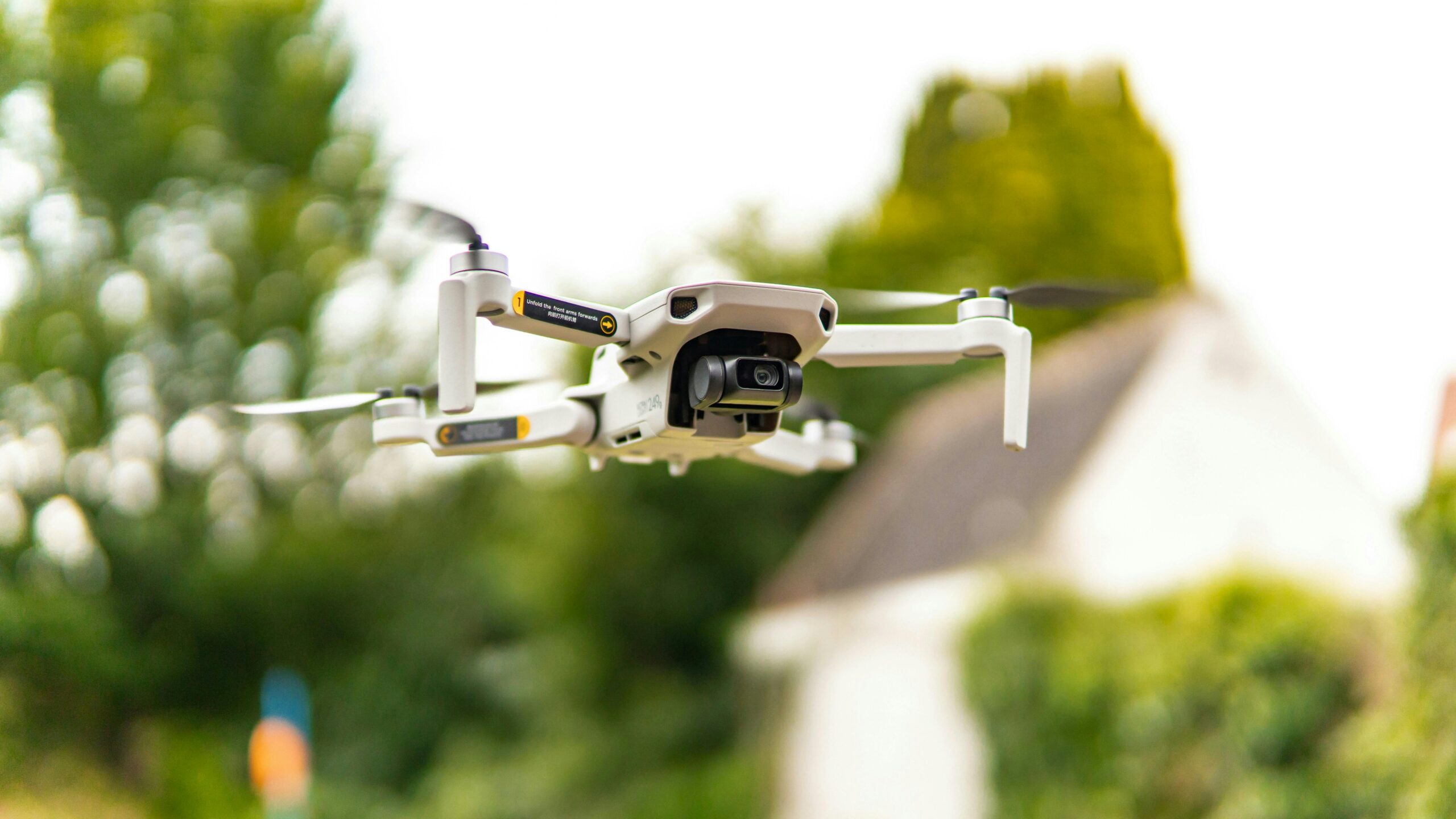The traditional approach to roof inspections often involves ladders, scaffolding, and various safety risks for inspectors who need to physically climb onto rooftops. However, recent technological advancements have introduced a game-changing alternative: drone roof inspections. This innovative method is transforming how professionals evaluate roof conditions, offering enhanced safety, efficiency, and detailed imagery that wasn’t previously possible. In this article, we’ll explore how drone technology is revolutionizing roof assessments and why it might be the future of the industry.
The Safety Revolution in Roof Inspections
Safety stands as perhaps the most compelling advantage of using drones for roof assessment. Traditional roof inspections put workers at significant risk of falls and injuries, especially on steep, high, or damaged roofs. According to the Occupational Safety and Health Administration (OSHA), falls remain one of the leading causes of work-related injuries and fatalities in the construction industry. By deploying drones instead of human inspectors for the initial assessment, companies can dramatically reduce these safety risks.
Drone roof inspection benefits extend beyond just worker safety. These unmanned aerial vehicles can access areas that would be dangerous or impossible for humans to reach, such as severely damaged sections that might collapse under human weight. They can hover steadily over areas of concern, capturing detailed images without endangering anyone in the process. This represents a fundamental shift in safe roof inspection methods that protects workers while still delivering comprehensive evaluations.
Unprecedented Detail and Accuracy
The quality of information gathered during drone roof inspections far exceeds what’s typically possible with traditional methods. Modern drones equipped with high-resolution cameras can capture incredibly detailed images of roof surfaces, allowing for thorough detailed roof damage analysis. These images reveal minor issues that might go unnoticed during a standard visual inspection, such as hairline cracks, subtle sagging, or early signs of shingle deterioration.
Many professional-grade inspection drones also feature thermal imaging capabilities, allowing inspectors to identify potential issues invisible to the naked eye. These thermal sensors can detect temperature variations that might indicate water infiltration, insulation problems, or structural weaknesses beneath the surface. The combination of visual and thermal data creates a comprehensive picture of roof health that traditional inspections simply cannot match.
Efficiency and Cost Effectiveness
Modern roof inspection technology isn’t just safer and more thorough—it’s significantly faster. A drone can survey an entire roof in a fraction of the time it would take a human inspector to navigate the same area manually. For large commercial properties or complex residential roofs, this efficiency translates to substantial time savings.
The speed advantage of using drones for roof assessment also yields financial benefits. Inspections can be completed more quickly, reducing labor costs while allowing companies to serve more clients each day. Additionally, the early detection of problems enabled by detailed drone imaging can prevent minor issues from developing into major (and expensive) repairs. Homeowners can even find qualified inspectors using this advanced technology through platforms like AskHomey, which connects property owners with vetted roofing professionals.
Data Management and Reporting Advantages
Another significant advancement with drone roof inspections is the digital documentation they provide. The comprehensive images and videos collected during a drone assessment can be stored, analyzed, and shared easily among stakeholders. This digital record-keeping creates an invaluable baseline for tracking roof condition over time, allowing for better-informed maintenance decisions.
Professional drone inspection services typically provide detailed reports that include annotated images highlighting areas of concern, measurements of damaged sections, and specific recommendations for repairs. This documentation proves invaluable for insurance claims, contractor bids, and long-term property management planning. The objective, data-driven nature of these reports reduces disputes and ensures that all parties work from the same accurate information.
Limitations and Considerations
Despite the numerous advantages of drone technology for roof inspections, it’s important to recognize certain limitations. Weather conditions such as high winds, heavy rain, or snow can restrict drone operations. Additionally, drones capture surface-level images but cannot physically test the integrity of materials the way a hands-on inspection might.
For this reason, most roofing professionals view drone technology as a powerful complementary tool rather than a complete replacement for traditional methods. The ideal approach often combines initial drone assessment with targeted in-person inspection of problematic areas identified by the drone footage. This hybrid method maximizes safety and efficiency while ensuring thorough evaluation of serious concerns.
The Future of Roof Assessments
As drone technology continues to evolve with improved cameras, longer battery life, and more sophisticated sensors, the capabilities of these aerial inspection tools will only expand. The roofing industry is increasingly embracing this modern roof inspection technology, recognizing its potential to transform standard practices while improving outcomes for both professionals and property owners.
For homeowners and property managers considering roof maintenance, requesting a drone-based inspection represents a forward-thinking approach that prioritizes safety, detail, and efficiency. This technology delivers comprehensive assessments that can extend roof lifespan through early problem detection and informed maintenance planning.
For more tips and to connect with reliable home service professionals, follow AskHomey on Facebook and Instagram.



